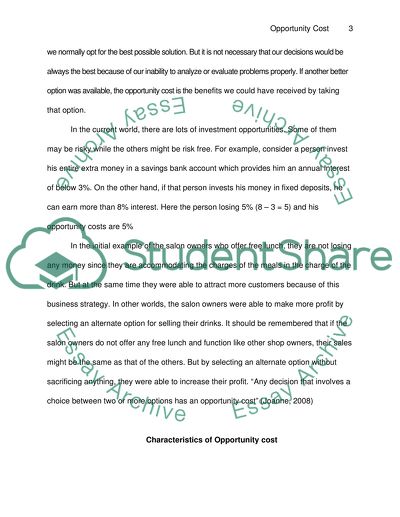Cite this document
(Law of Increasing Opportunity Cost Research Paper, n.d.)
Law of Increasing Opportunity Cost Research Paper. Retrieved from https://studentshare.org/macro-microeconomics/1531635-oppotunity-cost
Law of Increasing Opportunity Cost Research Paper. Retrieved from https://studentshare.org/macro-microeconomics/1531635-oppotunity-cost
(Law of Increasing Opportunity Cost Research Paper)
Law of Increasing Opportunity Cost Research Paper. https://studentshare.org/macro-microeconomics/1531635-oppotunity-cost.
Law of Increasing Opportunity Cost Research Paper. https://studentshare.org/macro-microeconomics/1531635-oppotunity-cost.
“Law of Increasing Opportunity Cost Research Paper”, n.d. https://studentshare.org/macro-microeconomics/1531635-oppotunity-cost.


